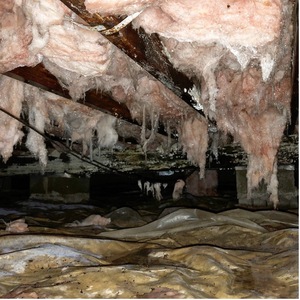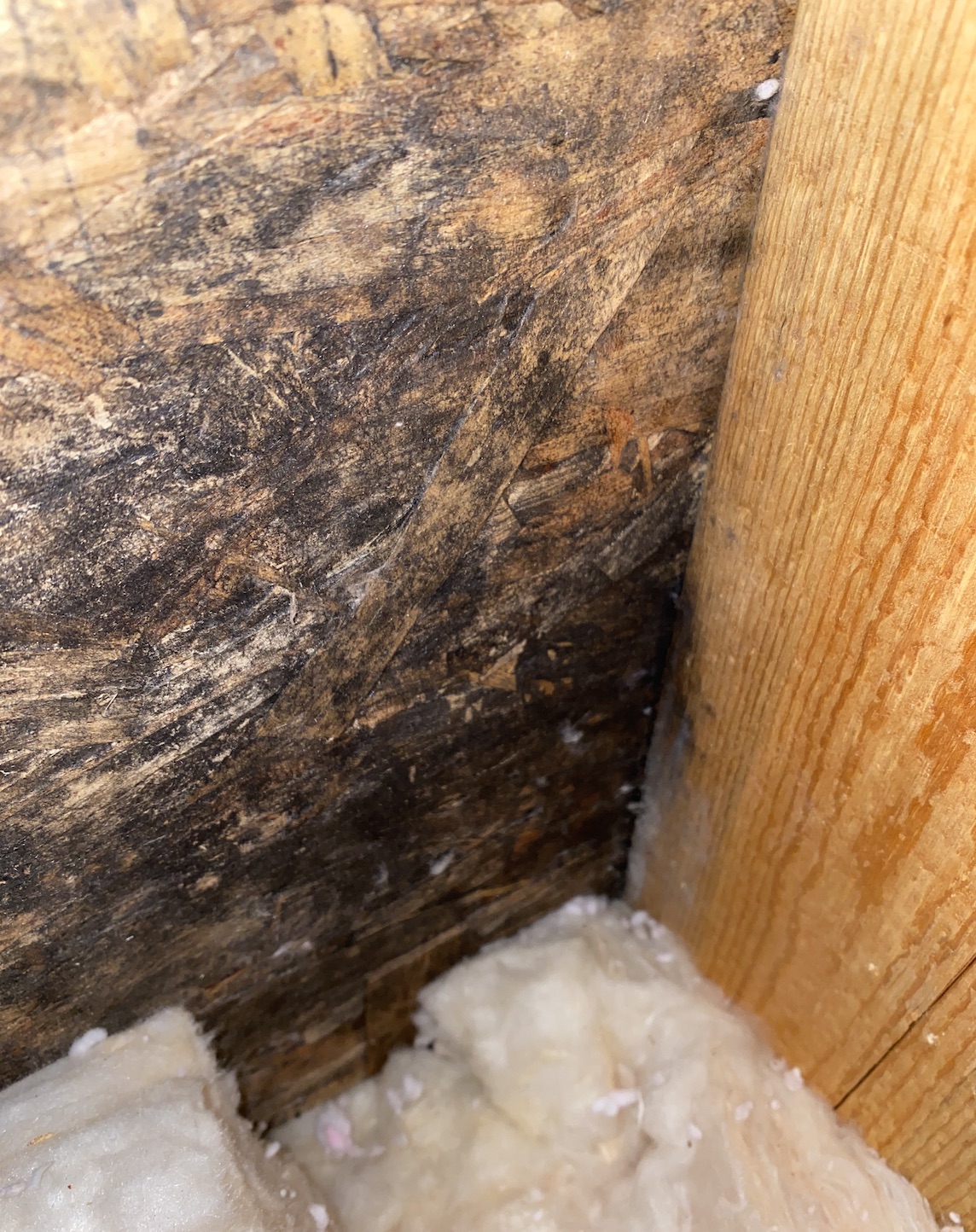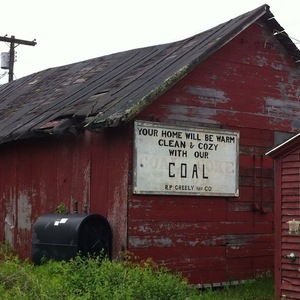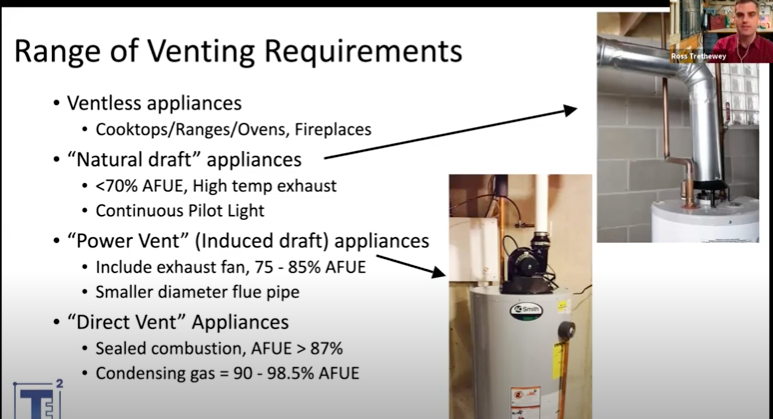
Some of the biggest potential impacts on indoor air quality (IAQ) come from combustion appliances. It’s a huge topic, but let’s focus on the essentials here. I’ll discuss the basic problems along with specifics for different types of combustion appliances.
Three types of problems
The first thing to know is that there are three ways that combustion appliances can affect IAQ.
- Fuel problems. It could be anything related to the fuel being used: gas leaks, oil spills, coal dust, mold growing on wet wood brought into the house. Talk to people who test a lot of homes for gas leaks, and you’ll hear some scary numbers, like 80 or 90% of the homes they test have gas leaks.
- Combustion problems. The products of combustion you get depend on the process of combustion. If the fuel is clean and burns completely, the exhaust gases are cleaner.
- Venting problems. Not all combustion appliances vent the exhaust gases to outdoors. Even some of those that do allow for spillage.
I covered these problems in a bit more detail in an article on combustion safety.
Gas cooktops and ovens
The biggest source of fine particles (particulate matter 2.5 microns and smaller, PM2.5) in many homes is cooking. And the biggest reason they create an IAQ problem in the home is that people just don’t turn on the range hood. Lawrence Berkeley National Laboratory (Berkeley Lab) found that about a third of the people use their range hood infrequently and another 10% never turn it on.
And then there are homes like the one below, where there’s no range hood to turn on when cooking. As you can see, the walls and ceiling catch some of the pollutants. The rest float around in the indoor air, being breathed by anyone in the house.
Weekly Newsletter
Get building science and energy efficiency advice, plus special offers, in your inbox.

This article is only available to GBA Prime Members
Sign up for a free trial and get instant access to this article as well as GBA’s complete library of premium articles and construction details.
Start Free TrialAlready a member? Log in















2 Comments
Allison,
This was brought home to me about a decade ago when I was having dinner at a restaurant where two of my friends were the chefs. The power went out part way through the meal, but service continued with candles, and a back-up generator for lights for the kitchen. Unfortunately the commercial range-hood and make up air were not on that circuit..
About half an hour later I went back to the kitchen to complement them on the food, and found one passed out, and the other sitting seemingly dazed on a chair. An extreme example perhaps, but one that has stuck with me.
It will be very challenging for building and home energy and air quality professionals to convince people to switch from gas to electric cooking because much luxury marketing has happened to promote gas ranges. A luxury 6 burner gas range is one of those "you made it" symbols people strive for, along with big SUVs. I see it all around me in luxury renovations that didn't stop for a moment to consider induction. For those people, the coding of luxury will need to flip on its head before they switch.
The irony is that newer housing developments that seek to minimize costs might actually go all electric to avoid the expense of a gas hookup and plumbing, so win-win as they say.
Log in or become a member to post a comment.
Sign up Log in